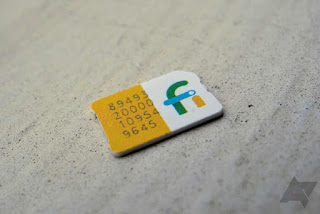 High-powered desktops with gaming-focused
dedicated graphics hardware are the thirstiest for energy, but older PCs are
typically less energy-efficient than modern ones.
High-powered desktops with gaming-focused
dedicated graphics hardware are the thirstiest for energy, but older PCs are
typically less energy-efficient than modern ones.Depending on the price of electricity in your area, you might actually save money by buying modern, low-power-usage hardware and retiring that old hardware don’t worry.
This are the
tips you can use to make your current PC use less power
#Use
Sleep and Hibernate:
You shouldn’t just leave your computer on all the time. But you don’t have to
shut it down when you step away and boot it back up and launch your
applications when you need to use it again. Instead, just have
your computer sleep or hibernate when you’re not using it. You can
have your computer sleep or hibernate instead of shut down from the Start
menu, or tell your computer to automatically sleep when you’re not using
it. In sleep mode, your computer will use almost
no power, and can return to your desktop with all your open programs in a
second or two.
#Upgrade
to an SSD:
If your computer still uses an older mechanical hard drive, that drive is both
slower and uses much more power than a modern, faster solid-state drive.
Consider upgrading
your computer to a solid-state drive to cut down on its power usage and
dramatically increase overall system performance.
Screensavers just aren’t helpful anymore. Rather than having your PC start playing a screensaver and keep its monitor on, have it automatically put the monitor into suspend mode when you’re not using it. You can still move the mouse cursor 0r touch the keyboard and immediately get back to the desktop, but the display will use almost no power in this state.
Telling Windows to turn off the display in as few minutes as possible will also help. If you step away from your computer for a few minutes, the display will automatically power off. Set the display to an appropriate brightness level for your room — if it’s brighter than it needs to be, it’s using more power than necessary.













No comments:
Post a Comment